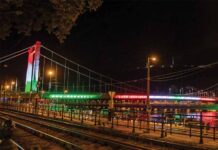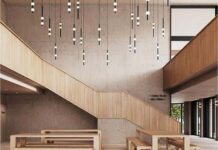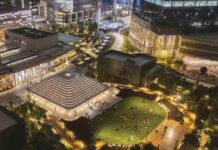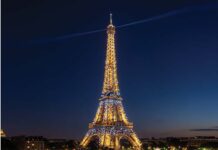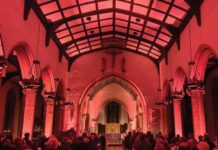
Visible Light (visible to the human eye) occupies a small band in the electromagnetic spectrum. The visible part of the electromagnetic spectrum comprises red (longest wavelength, lowest frequency) to violet (shortest wavelength, highest frequency). Since energy is directly proportional to frequency, higher frequency carries more energy.
The evolution of artificial lighting from prehistoric times is a fascinating story of human innovation and technological advancement.
The earliest form of artificial lighting was fire produced to illuminate areas and caves in the night. The ancient Romans invented a fluid mixture of sulphur and lime. They used to dip a piece of wood with a rag wrapped around it in the flammable mixture and then lit it. These torches were also used as fixed lighting by putting them into sconces in fortresses, castles and crypts. Some instances of fixed lighting are found in William Dalrymple’s ‘The Last Mughal ‘while describing the marriage procession of Prince Jawan Bakht from Lahore Gate to Red Fort on a summer night in 1852. He mentions the ‘illuminated turrets of the Fort’ and ‘bamboo railings hung with lamps that illuminated the processional route’. Torches, candles, and hurricane lamps with liquid fuels such as olive oil, beeswax, fish oil, sesame oil, mustard oil and nut oil were used till the mid-19th century. In 1859 drilling for petroleum oil began and kerosene (a petroleum derivative) gained popularity for hurricane lamps. The most important breakthrough in non-electric lighting was the creation of the Paraffin Pressure Lamp or Petromax by Max Graetz of Germany in 1910. The process involved vaporising paraffin which was then mixed with air and blown into the mantle to burn. The light produced was a bright white light similar to colour of metal halide lamps. Popularly known as Hazak on our subcontinent it is still in use in many parts of our country where electricity is scarce.
For fixed lighting in India during 19th century and early 20th century, hollow decorated pockets at staircase landings and passageways were used for placing candles or oil lamps to illuminate the way. One can still find these niches or kulungis (in Bengali) in some old residential buildings in Calcutta and 19th century palaces such as Ramgarh Palace near Varanasi.
Gas lamps as streetlights in 19th-century London became a predominant form of urban lighting. These lamps are mentioned in many of Sherlock Holmes’s stories. Artificial lighting was produced by the combustion of a fuel gas such as hydrogen, methane, carbon monoxide., propane, butane, acetylene, ethylene, coal gas (also known as town gas), or natural gas before electricity became sufficiently widespread and economical.
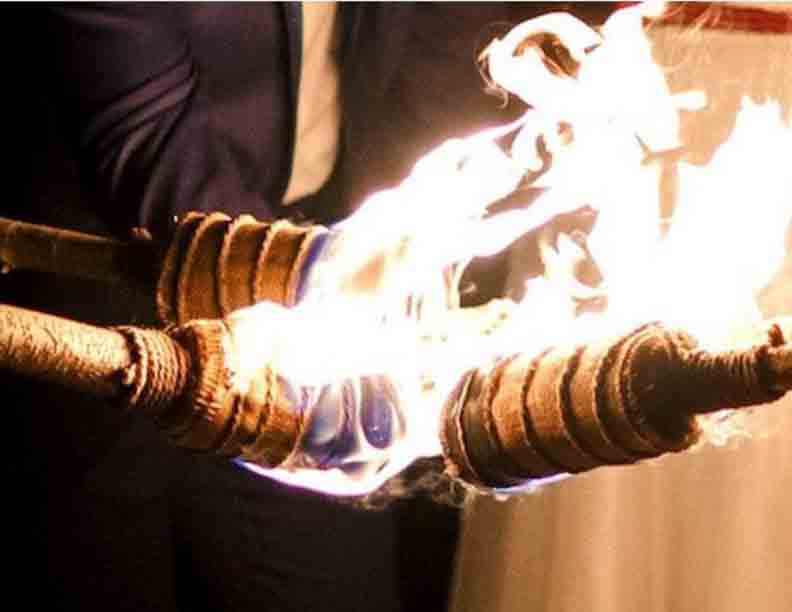
Since the beginning of the 20th century, Lighting Technology has evolved and developed through three distinct phases.

Phase 1
Light sources available were thermal radiators in the form of incandescent lamps and halogen lamps in the initial stage. Followed by discharge lamps in the form of fluorescent tubes, low-pressure sodium lamps, and an HID range of high-pressure mercury, sodium and metal halide lamps. Architects had limited choice in designing interiors of a building during the early years of twentieth century. Despite limitations, the legendary architect Antony Gaudi created awe inspiring lighting inside the basilica La Sagrada Familia in Barcelona by subtle design of stained-glass windows, windows and openings at the top to let in sunlight and skylight. His immense knowledge of optics and colour helped him construe such an amazing concept.
Phase 2
Lighting Technology made some remarkable progress from 1970 through 1990. This was made possible through extensive research activities, particularly in the HID range of light sources. Emphasis was on colour preference, efficacy and compactness of the light sources. This, in turn, greatly enhanced flexibility in the lighting design of outdoor areas such as street lighting, sports lighting, facade and security lighting.
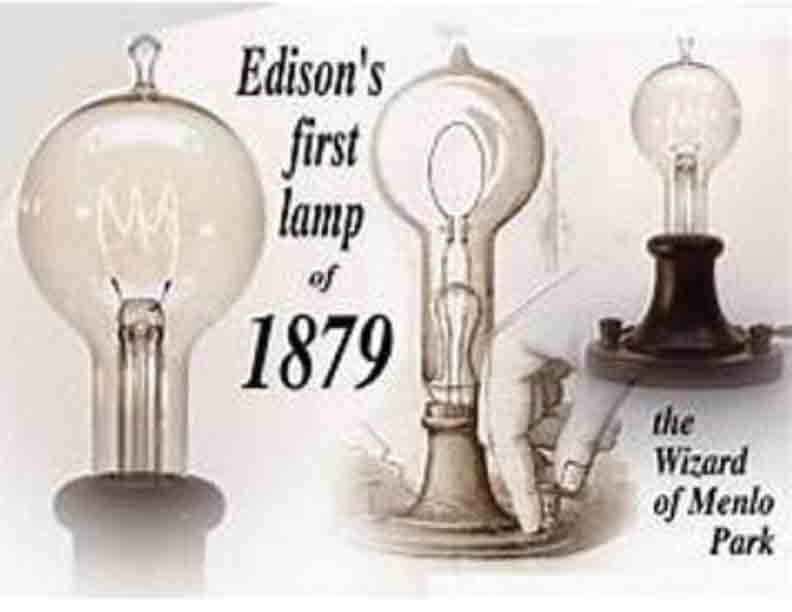
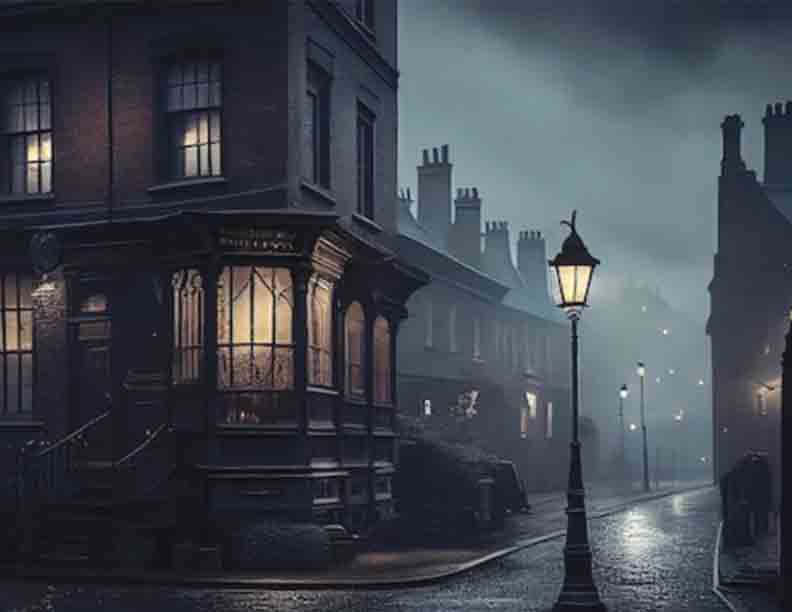
Phase 3
The late 90s and beginning of the 21st century saw extensive research on LED for transforming it into a light source for application in general lighting. Rapid progress in semiconductor technology for converting LED into viable light sources gave rise to the concept of integrative lighting i.e., lighting which aims to integrate both vision— and effects beyond vision.
With the quantitative discovery of ipRCG (Intrinsically photosensitive retinal ganglion cells) in the eye, the non-visual effects of light considered for an approach to integrative lighting are:
- Circadian rhythm
- Hormone production and suppression.
- Sleep quality.
- Alertness
- Mood
The above factors are important considerations for efficient human-centric lighting, as humans are diurnal primates.
What was not foreseeable about a decade back was the entry of LED as the most efficient light source for general lighting applications. Not only are energy efficient, but LED sources are also non-pollutant and mercury-free light sources compared to their conventional counterparts. The increase in availability of the two most important semiconductor materials such as GaN (Gallium nitride) and GaAs (Gallium Arsenide) brought a sort of revolutionary development of LED as a light source that can perform tasks performed by combination and assortment of all the conventional light sources we know about. For the last 5/6 years, the LED industry also enjoyed a very rapid and profound drop in the costs of LEDs. This rapid cost reduction has made LED the dominant lighting technology in nearly all general lighting applications.
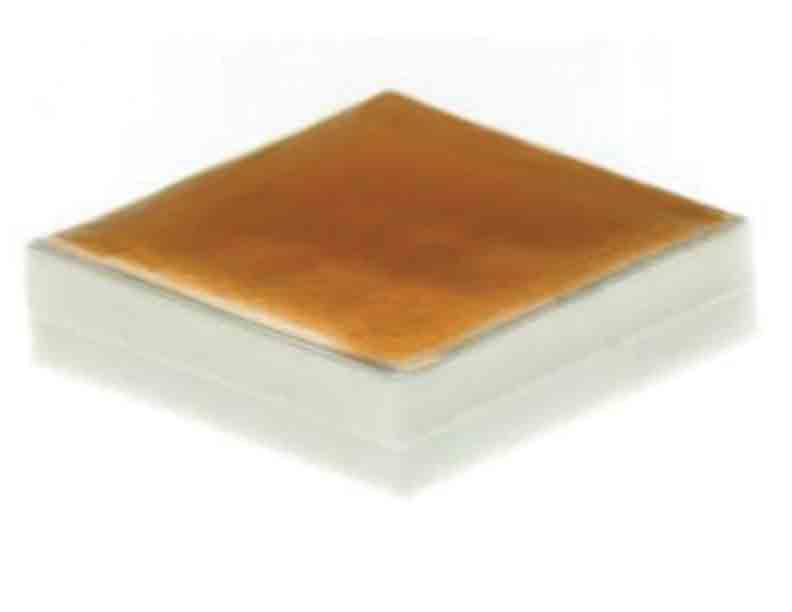
(Image courtesy: Product update of Cree XLamp MH-B LED)
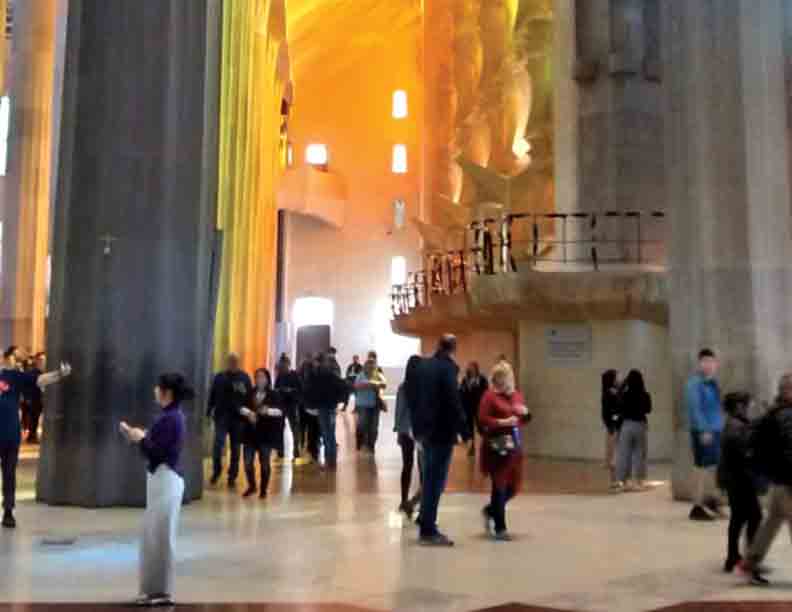


It has now been established that the impact of blue light wavelengths on circadian rhythms and health is undeniable. Surveys carried out show that over 90% of respondents agree that the most potent wavelengths for daytime circadian entrainment are 460 to 495NM Blue, and 85% confirmed that blue light at night disrupts circadian rhythms. In other words, respondent agree that blue light is required during the day but must be removed during the night. Circadian disruption by light at night gives rise to a significant increase in obesity, diabetes and breast cancer in particular.
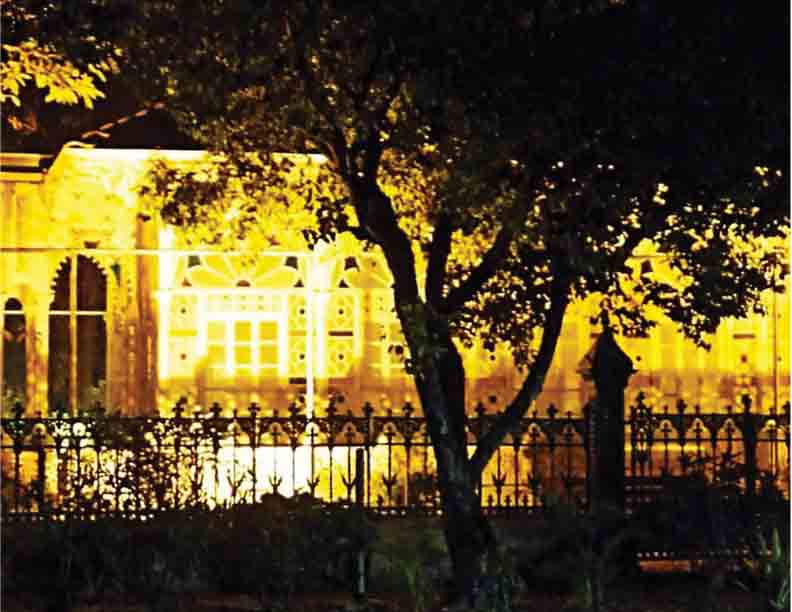

The development of white light with little or no blue content for nocturnal use allows more effective design for the workspace. This has been made possible by research on LED spectral engineering. CIE established that for quantifying colour, reference is made to the Planckian locus instead of smooth curves associated with a black body source. Hence, a white light spectral power distribution (SPD) can include many combinations of wavelengths (CIE 1931 colour space). CCT of a light source is therefore the point on the plankton locus that matches closer, most closely (perceptually) to the chromaticity coordinates of the light and its colour temperature. For example, warm light colour temperature is about 2700 K; Neutral white light colour temperature is about 4000K; and cool white light colour temperature is 5000K or more. Rapid progress in LED source development opened the door for a full range of CCT from 1800 K to 8000K. This can be used for a wide variety of lighting applications.
Today, LED sources have been developed to the extent that they can start replacing any lighting applications that were possible with conventional light sources. With lower CCT levels from 2500 to 1800 K, LED lamps can recreate the same nostalgic landscape effect created by HPS lamps.

Biswajit Sengupta is an MTech, Chartered Engineer, Fellow of Institution of Engineers (FIE), Fellow of Indian Society of Lighting Engineers (FISLE). He has over 35 years’ experience in lighting industry. He co-founded School of Illumination (SISED) at Jadavpur University. Successfully organized Lux Pacifica (international conference in Lighting) in Calcutta in 2015 as Secretary, Technical Committee. At present he is an Independent Lighting Consultant on Illumination Design and Engineering including LED and Fibre Optic Lighting, Circadian Lighting Design; Luminaire and Lamp manufacturing; Sourcing; Solar Energy consultancy & training.


